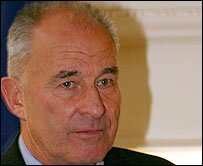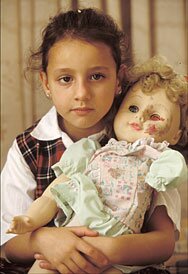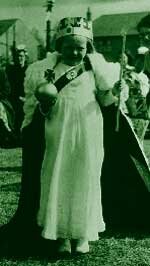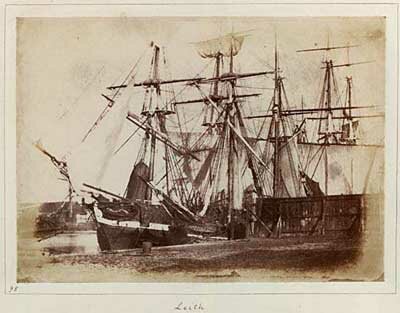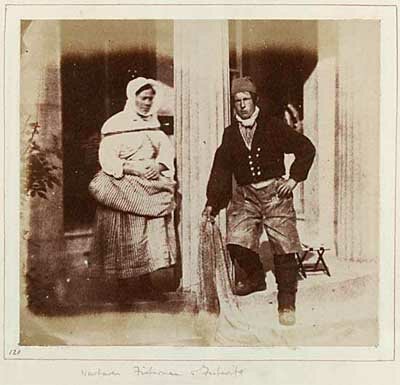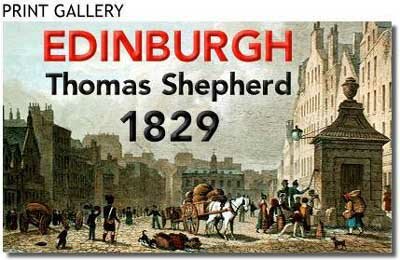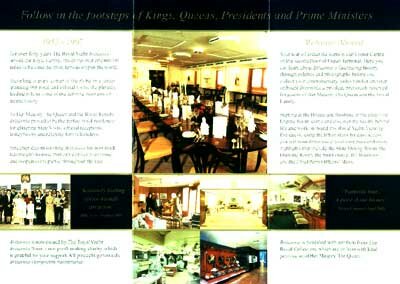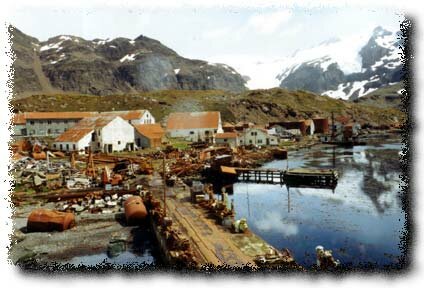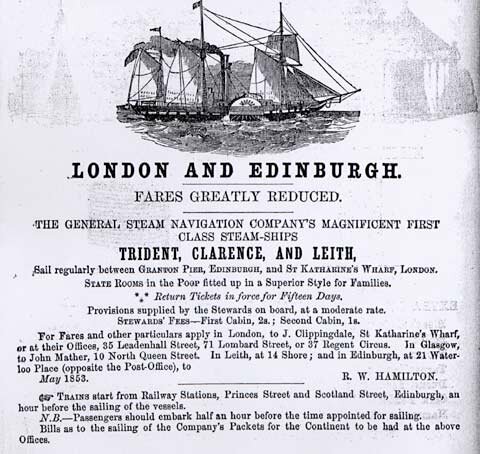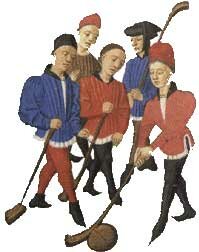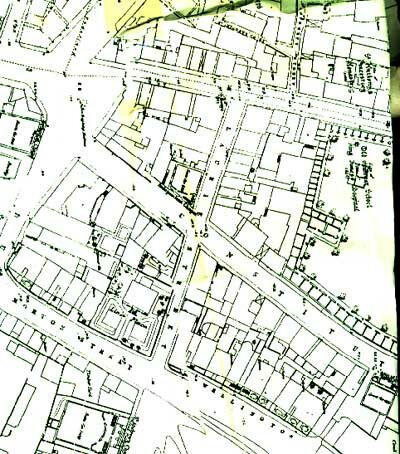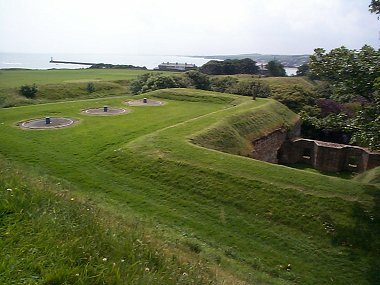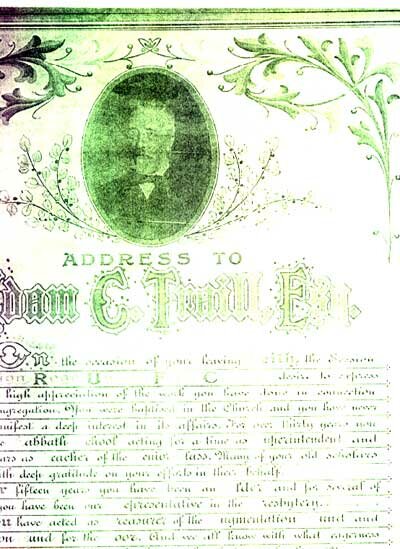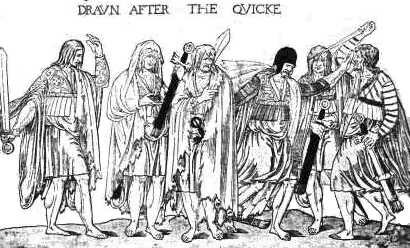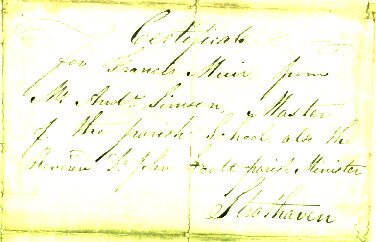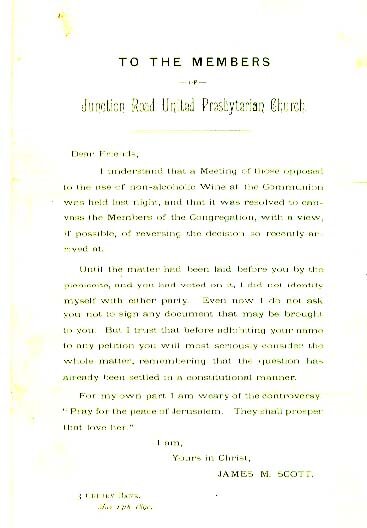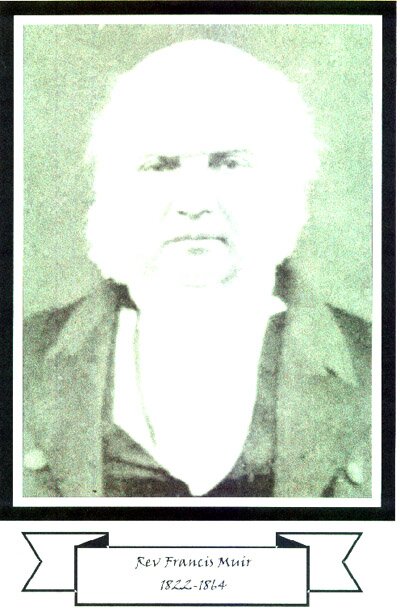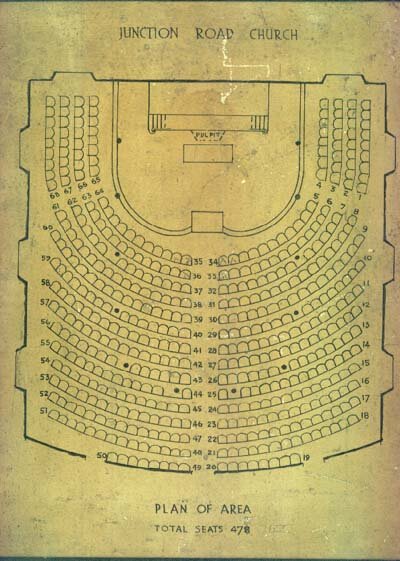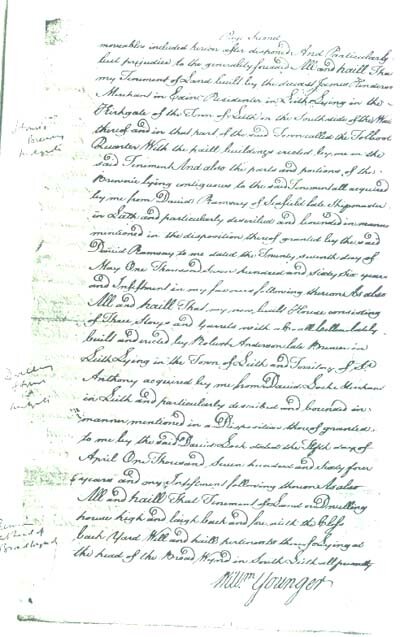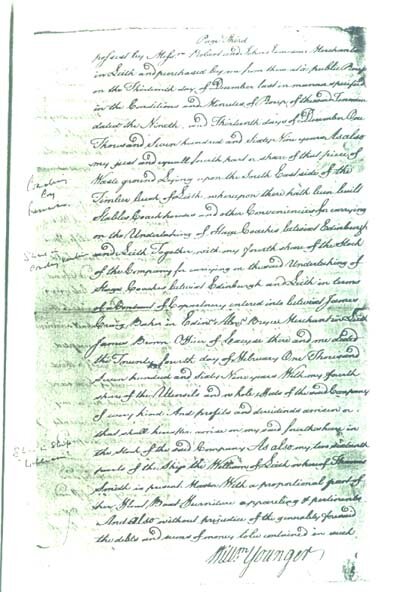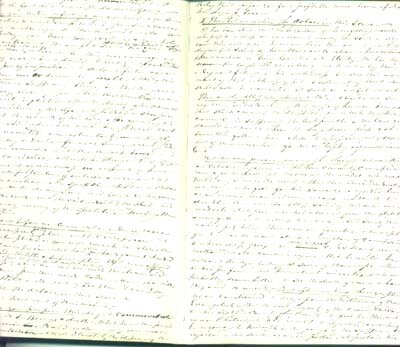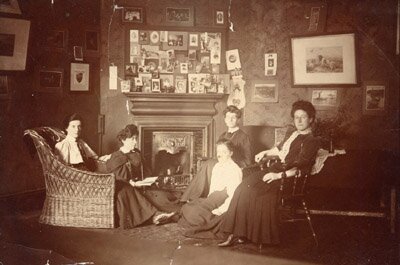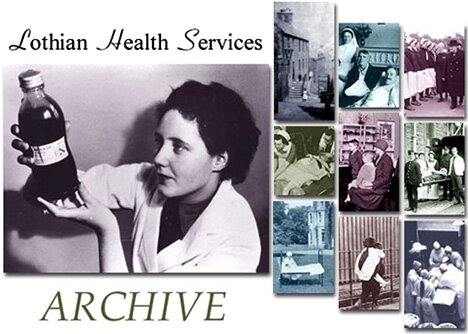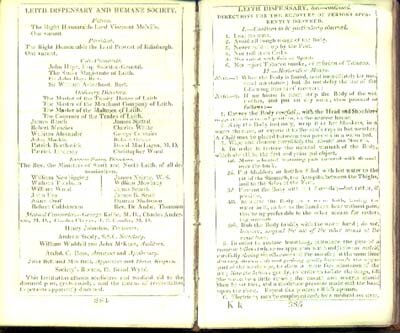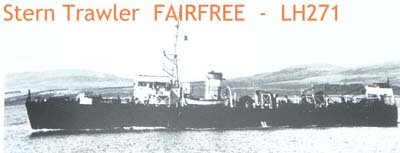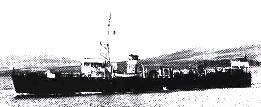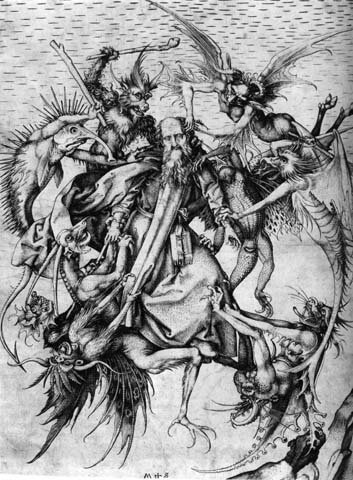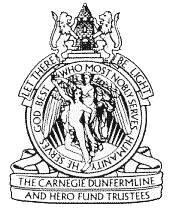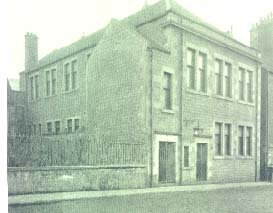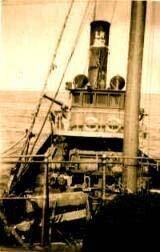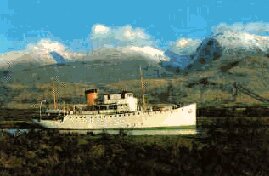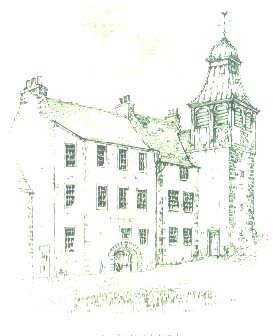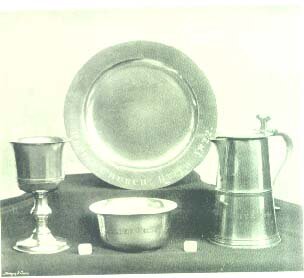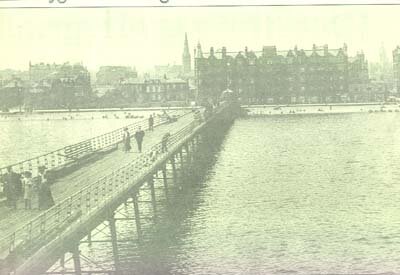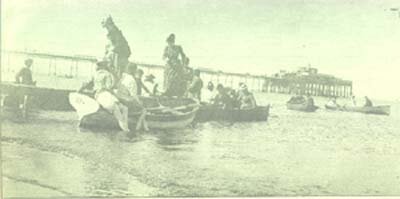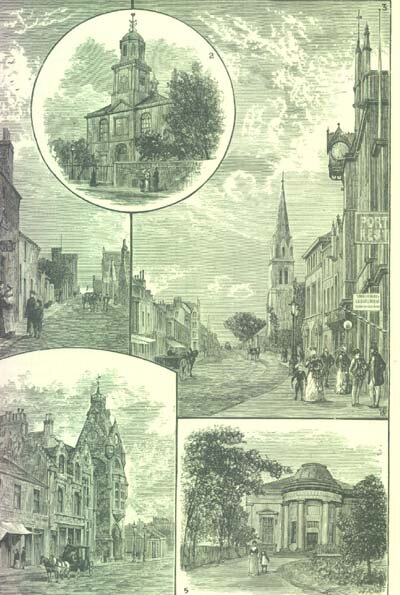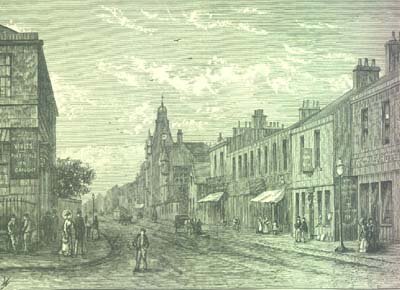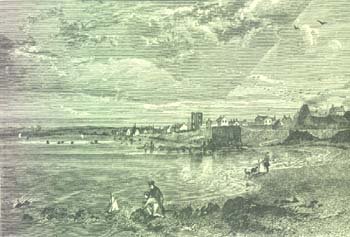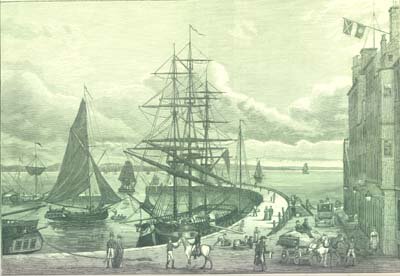A CAMPAIGN has been launched to halt controversial plans for a massive waste plant in Leith amid claims council leaders have tried to keep the project quiet.
Protesters have set up an action group to oppose the proposed waste transfer facility at an industrial yard in Salamander Street.
Petitions have collected 3000 signatures and city planners have been bombarded with more than 100 objections.
Community groups, businesses and residents plan to demonstrate outside the City Chambers.
The complex is intended to replace the ageing waste transfer facility at Powderhall, which had to be temporarily shut down two years ago after the discovery of asbestos.
Around 250,000 tonnes of rubbish are expected to be processed every year at the Leith facility.
Local councillor Phil Attridge, who is helping to organise the protest, said officials had tried to quietly “dump” the site in the area. But the council has denied any responsibility for informing people as the planning application has been lodged under the name of the yard’s owners, the hauliers John G Russell Transport Limited.
However, the applicants say they are acting on the instruction of the council and that the site was identified by officials in its environment department.
The protesters’ main concerns are additional noise, an increase in traffic, the threat of vermin and the possible impact on property prices.
City planners had recommended the application be approved when it came before councillors last month, when just nine objections had been recorded.
But a decision was deferred to give the council’s full planning committee a chance to discuss the application when it meets in November.
The council has since received dozens of objections, and Cllr Attridge said people were still coming to terms with the proposal.
He said today: “The council is just trying to dump this on the people of Leith and have deliberately tried to keep it quiet. The whole thing quite literally stinks and people are rightly very upset about it. Leith isn’t Edinburgh’s dustbin, and people in the area aren’t prepared to accept this.”
The Leith Action Group was formed after a public meeting on Sunday night and plans to lobby the council and the Scottish Executive on the issue.
Spokeswoman Cathy McCulloch, chairwoman of St Mary’s RC Primary School Board, said: “The frightening thing is this planning application could have been approved without anyone in the area knowing about it.
“People just don’t understand why they’ve not been consulted on something of this scale.”
City environment leader Bob Cairns dismissed claims that the council had deliberately kept quiet about the application, insisting that was a matter for the developers. He added: “It’s not our project, it’s a private contractor that has submitted the planning application and we have no direct involvement in it.”
However, John Russell, chairman of the hauliers firm, said: “It was the council that asked us to submit this planning application. They’ve been looking for a site to replace Powderhall for some time and they were satisfied that this was the most appropriate place for it.”
BRIAN FERGUSON
CITY COUNCIL REPORTER
source-Scotsman
